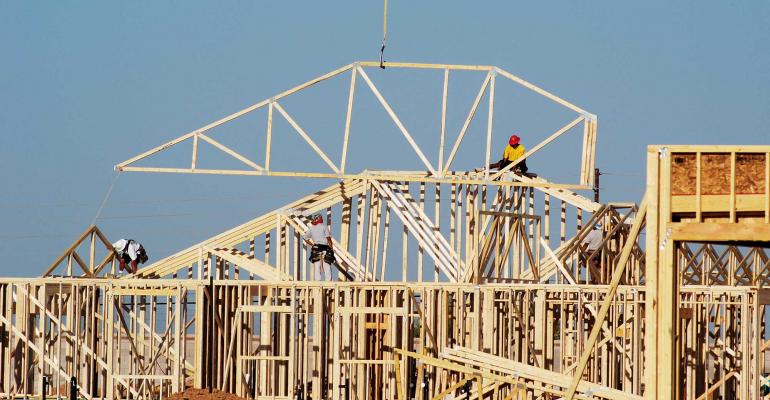Most respondents (63 percent) think seniors housing construction starts will decrease over the next 12 months, while 19 percent believe they will remain the same and 18 percent predict an increase. That is a notable shift compared to survey results over the past five years where nearly half, if not more, of respondents consistently anticipated an increase in starts.
NIC reported construction as a percentage of inventory at 6.2 percent in the second quarter, which reflects a 40-basis-point decline compared to the prior quarter. NIC MAP’s Primary Markets report also shows 15,471 new construction starts in the last four quarters, the fewest 12-month new-start total since 2014.
“There is still a fair amount of construction underway, but I would imagine that some of these projects are going to get delayed. Some will get canceled and lenders will look more carefully at the market conditions. Until there is more certainty related to COVID-19 and the impact of the coronavirus on seniors and on the economy, there will continue to be a lot of uncertainty and people are going to be cautious about putting in new developments,” says Mace. Although there have been some pockets of oversupply that have emerged, such as in Atlanta, few survey respondents (13 percent) think construction will result in overbuilding.
Another point to note related to development is that the inventory of seniors housing is relatively old. Two out of every three properties were built before 2000. That means a good chunk of the supply in the market is becoming out of date and as that level of obsolescence increases, it will create demand for new, more modern supply, adds Mace.
In addition, the coronavirus outbreak may have accelerated obsolescence as health and safety standards for HVAC systems and having portions of properties where operators can safely isolate infected residents have become front and center concerns for building design, notes Mace.


